13+ Sample Project Budget Proposal
-
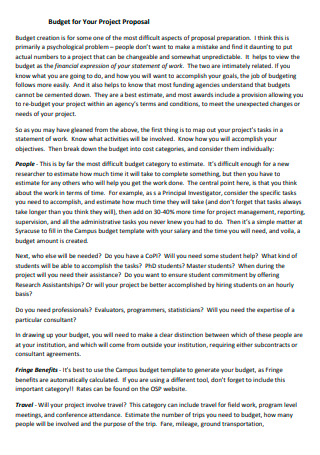
Project Budget Proposal Template
download now -

Leadership Experience Project Award Budget Proposal
download now -
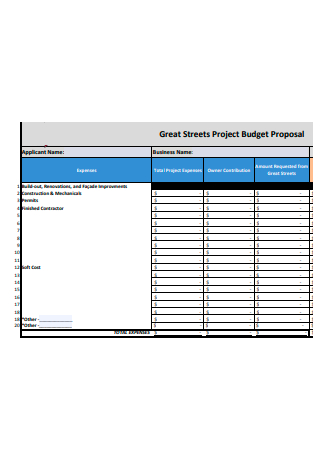
Streets Project Budget Proposal
download now -
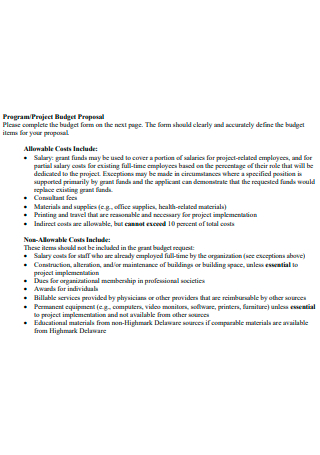
Project Budget Proposal Example
download now -
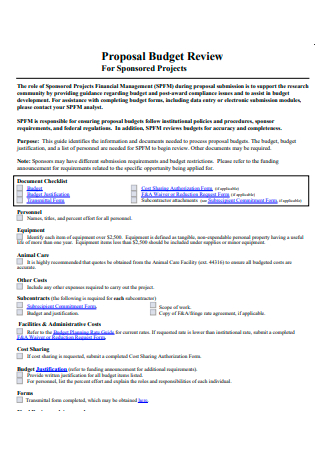
Sponsored Project Budget Proposal
download now -
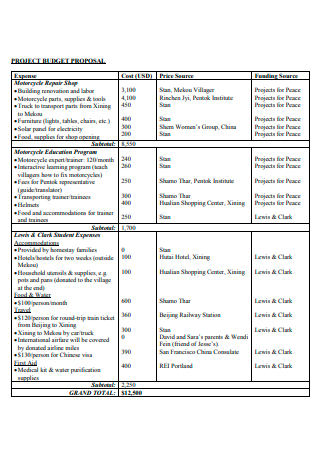
Printable Project Budget Proposal
download now -
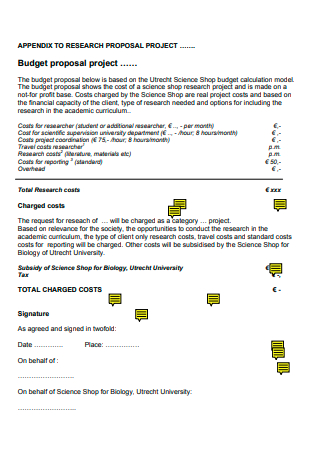
Project Budget Research Proposal
download now -
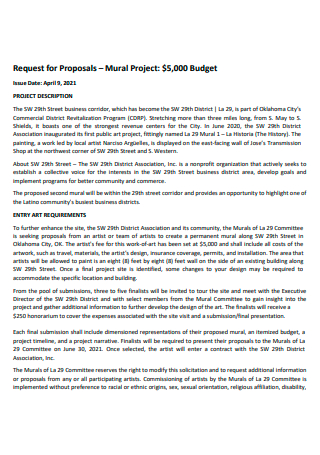
Project Budget Request For Proposal
download now -
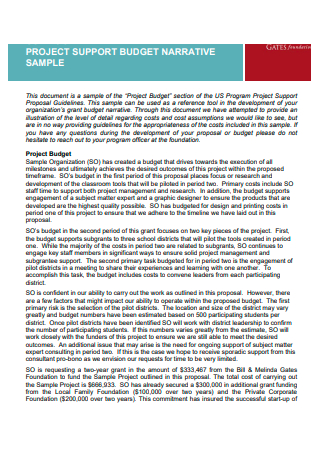
Project Support Budget Proposal
download now -
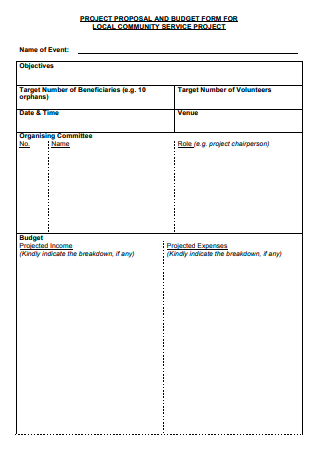
Project Budget Proposal Form
download now -
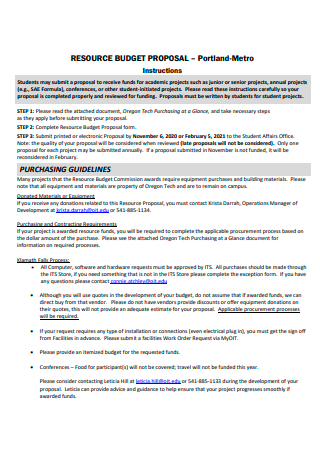
Project Resource Budget Proposal
download now -
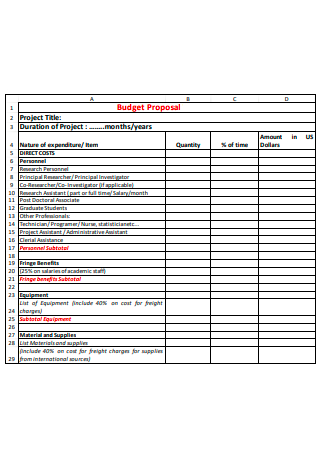
Basic Project Budget Proposal
download now -
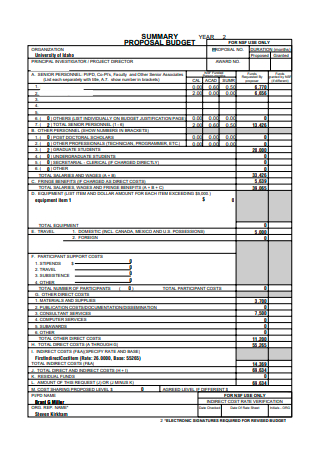
Project Director Budget Proposal
download now -
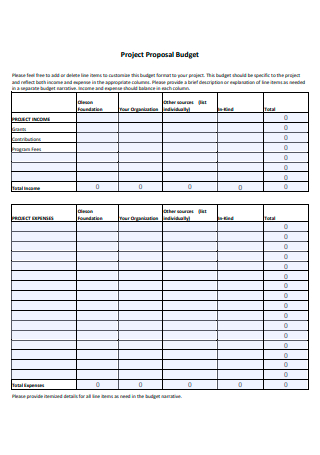
Formal Project Budget Proposal
download now
FREE Project Budget Proposal s to Download
13+ Sample Project Budget Proposal
What Is a Project Budget Proposal?
How Can I Begin Generating a Budget for a Project?
What Is a Budget Request?
Why Is a Project Budget Proposal Important?
Elements of Project Budget Proposal
How to Write Project Budget Proposal
FAQs
How does project management budget?
What is a project budget?
Why is it vital to plan ahead?
What Is a Project Budget Proposal?
In a project budget proposal, the objective, outcomes, and procedures that will be taken to finish the project are all described, as well as the budget that will be used to complete the project. A project budget proposal is not to be mistaken with a project contract, which is a written agreement between two parties to finish a project. The objective of a project budget proposal is to describe how a company, team, or person intends to handle a project.
Other templates are available on our website, and you can use them whenever you need them. They are as follows: project investment proposal, buyout agreement, sales proposal, Labor Contract, budget request proposal, staffing agreement, business lease proposal, manufacturing proposal, property purchase agreement, event proposal, security bid proposal, and other similar templates are available. This post will not only provide you with templates but will also provide you with important information that you need to know in order to complete your template.
How Can I Begin Generating a Budget for a Project?
A project budget proposal for a project contains various components, including the project’s goals, objectives, results, strategies, and activities. With so many elements, how and where do you begin generating a project budget? A good place to begin developing a project budget is by examining your project’s activities. While the project development process requires you to switch back and forth between goals, objectives, strategies, and activities, after your activities are completed, you will have achieved a high level of clarity. Regardless of how hard the proposal application’s budget structure is, the first step toward developing a project budget is to list all your activities and then assign expenses to them. This is the most reasonable and straightforward method for developing a proposal budget.
What Is a Budget Request?
A budget request template must be completed first before you can begin creating a budget proposal example. When looking for funding for a business project or when starting a new corporate effort, you’ll need to take this first step to get the ball rolling. Writing a budget request isn’t that dissimilar from writing a business letter, as both follow a similar structure. All that differs is that a budget proposal includes certain important facts that will assist you boost your chances of gaining approval. Knowing who you’re making a budget proposal for can help you communicate more effectively with them and better understand their needs and wants. It wouldn’t hurt to do some background study on the person in order to make a good first impression.
Why Is a Project Budget Proposal Important?
Essentially, the objective of a project proposal is to describe the services and outcomes provided by a possible service provider so that decision-makers can evaluate vendors and choose the most appropriate provider for their requirements. As a sales document, it should convince the decision-maker or other stakeholder that the prospective provider possesses the knowledge, skills, and competence required to accomplish the project satisfactorily. It should also define expectations, including a detailed budget and timetable, as well as expectations for how the final product will be delivered.
1. Vendor Comparison has been Improved
One of the most essential functions of a project proposal is to enable decision-makers to compare providers in a more objective manner. Project proposals allow decision-makers to compare prices, methods, and predicted outcomes. They also allow for collaboration. Price differentiations allow the decision-maker to know which parts of the service are being differentiated, which in turn allows them to determine how much the price difference is worth. Due to the extensive detail provided, decision-makers can make better informed and objective vendor selection judgments.
2. Understanding of the Project
A project proposal is a document that describes the objective and scope of a particular project. This is beneficial before to the start of a project since it ensures that all sides are on the same page regarding what the project will entail. It communicates to the decision-maker or stakeholder that the service provider is aware of the project’s scope and objectives. This assists in establishing confidence between the parties in order to allow the execution of a transactional agreement.
3. Create a Sense of Credibility
A project proposal should be viewed as a sales tool that aids in the establishment of credibility for the project. It should convey to the decision-maker or stakeholder that the service provider is capable of finishing the project and exceeding expectations. a. This is accomplished by outlining the steps that will be taken to complete the project. The project proposal may also include information on potential hazards or complications, as well as information on how the service provider plans to address those issues.
4. Provide an Estimated Timeline and Budget for the Project
A project proposal also includes a timetable and budget for the project’s implementation. Despite the fact that this document is not a formal contract, it provides stakeholders with sufficient information about the project’s budget, timeline, and outcomes to enable them to decide whether or not to proceed with the project and, if they do, to make an informed decision about which contractor or vendor to hire.
5. Expectations Should be Established
In addition, a project proposal establishes the expectations of the client for the duration of the relationship. This includes having a shared knowledge of the deliverables, timelines, and money for a project or initiative. While the project proposal does not constitute a legally binding contract, it does establish a preliminary understanding that the information contained in the project proposal will be incorporated into the contract if the project proceeds to the next stage.
6. Project Planning Should Be Informed
Finally, a project proposal can be used to inform the planning of a project. Once the project has been accepted, this document will be used to finish the contract’s timelines and budget, as well as to complete the scheduling of all available resources.
Elements of Project Budget Proposal
An operating project budget proposal is essentially a detailed and research-supported sales pitch for a certain project or term of operation for a particular department or organization. Budget proposals are utilized in a variety of settings, including corporate, academic, and charitable organizations, and they are one of the most important components of a grant submission. An excellent project budget proposal example should have a well-supported and detailed sales case for your project that is based on solid research. A budget proposal can be used in a variety of settings, including academic institutions, corporations, and non-profit organizations. Make sure that when you learn how to write a budget proposal, it covers the following elements:
How to Write Project Budget Proposal
Often, we believe that a budget is a straightforward document related to a project proposal that must be filled out according to the activities and tactics proposed in the project. However, if you approach a proposal in reverse order, you will quickly find that the budget is a vital component of the project.
-
Step 1: Make a Gantt Chart
Gantt Charts are the simplest and most straightforward method of presenting an entire project’s perspective. Additionally, this tool can persuade the assessor to approve your proposal by defining each task and work bundle. A Gantt chart demonstrates to the assessor that you have carefully considered the project by providing him with a Visual Representation of what may occur during the course of the project and when.
-
Step 2: Add the Employee Days for Each Organization
This is one of the most critical components of a budgeting proposal sample – estimating the project’s cost. To do this, you’ll need an estimate of the quantity of work required for each of the project’s operations. Apart from that, you should already have an idea of the labor required to complete the job. Most likely, the workforce will consist of developers, researchers, and marketers, among others. Each of these jobs has a different pay grade and a different work speed. You must schedule the individual days accordingly. For example, if you are a member of a consortium, keep in mind that these estimates should be separated by company, as you will also submit the budget broken down by business.
-
Step 3: Provide an Estimate of Labor Costs
After determining the number of person-days necessary and the duration of each project task, you can create a detailed estimate of the project’s cost. This is straightforward math, as you simply multiply the daily or hourly wage of each category of workers in each organization by the number of hours or days they will work. Given that this is an approximation, a weighted average may also be used.
-
Step 4: Include Travel and Subcontracting Expenses
Two other expense areas that you should consider are travel and subcontracting. If you believe there is a need, you may create another category labeled “Others.” This relates to any charges that you have overlooked, such as the acquisition of specialized equipment. Subcontracting requires just that you specify who you intend to recruit, what job packages you intend to offer, and for what. Multiply the number of travelers by the cost of round-trip tickets to and from their destination.
-
Step 5: Assemble Everything
Bear in mind that everything should be presented simply and plainly. This is the primary criterion for an effective budget plan.
A budget is also one of the ultimate deciding elements in determining whether a project receives funding. If the budget is excessive, the donor agency may either request that you cut it or, in some situations, reject the entire plan entirely if the application process is highly competitive. Thus, comprehending and producing a proposal is a critical step in the proposal creation process. In other words, “it is a monetary-based scheme.”
FAQs
How does project management budget?
A project budget is the entire amount of money allotted for a given purpose across time. Budget management’s purpose is to keep project costs within budget and meet project goals.
What is a project budget?
A project budget template estimates all costs anticipated to be incurred before the project is finished.
Why is it vital to plan ahead?
Budgeting is important in project management since it allows you to avoid excessive costs and allocate funds to each necessity.
Preparing a project’s budget is one of the most important processes that takes place during the beginning phase. Its goal is to identify, estimate, and justify the expenditures that will be incurred to achieve the project’s goals and activities. This procedure results in the creation of a budget sheet, which serves as a program and fiscal document for the management of project expenditure, performance, and fund distribution.
